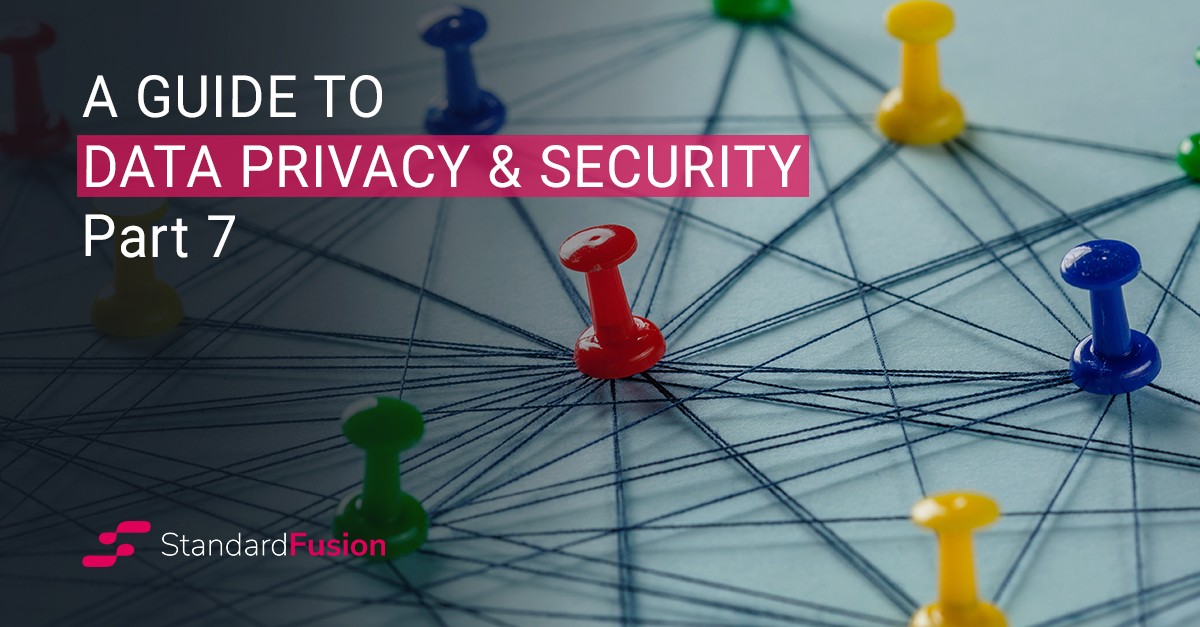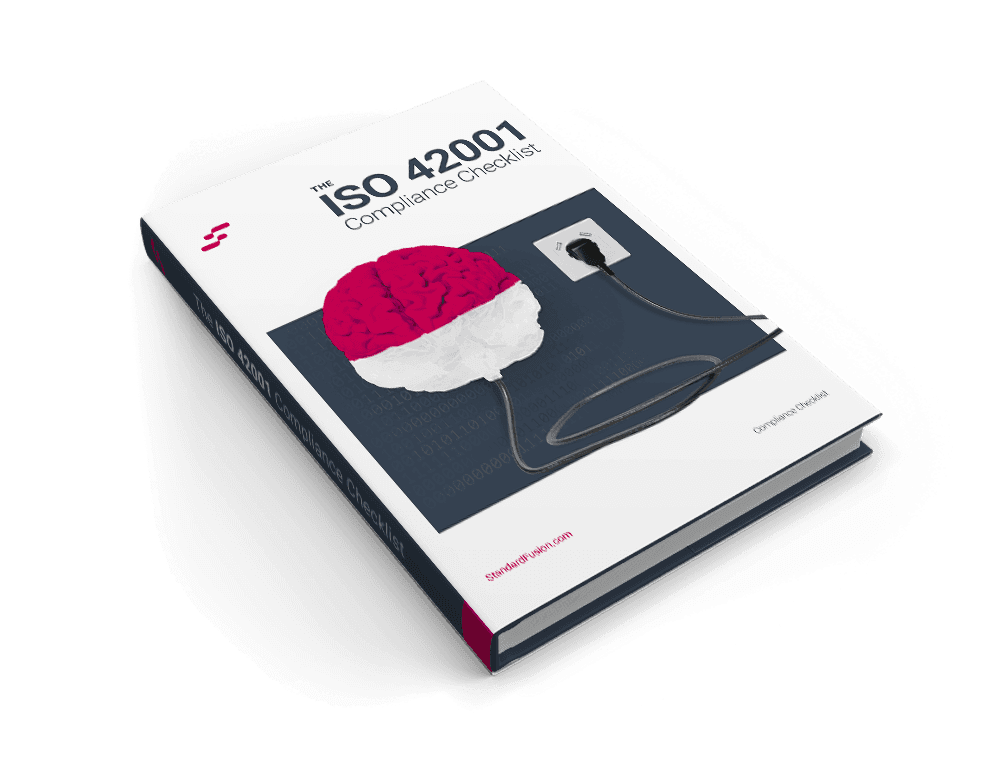Published on: Mar 17, 2021
Privacy Assurance
As we approach the end of our Guide to Data Privacy and Security, let's recap our previous publications. To help you and other data protection professionals get started with your own data privacy and security programs we discussed multiple elements and points of consideration, sharing tips and providing solutions along the way.
Now that you are equipped to create your own, it is time to define assurance from a privacy perspective highlighting why assurance is so important in the context of your information security program and for all your stakeholders.
The Value of Assurance
Assurance is "a positive declaration intended to give confidence." You will want to keep this definition in mind while reading the next few paragraphs.
In response to data protection obligations, you must not only create privacy policies and procedures but ensure your entire organization continuously enhances your data privacy and security program. Ideally, your program will be maturing to a point where internal stakeholders can now monitor processes, enabling you to improve your controls' effectiveness.
Whether you are contemplating creating a comprehensive privacy program or improving your existing controls, delivering the necessary assurance is the ultimate objective. Providing assurance will sustain your organization's data privacy and security programs, increasing their efficacy through documented controls and ongoing communication. Internal stakeholder will also be more inclined to support future privacy efforts that can demonstrate assurance while increasing visibility with various reports, assessments
Quality, configurable reports
Documented Risk analysis
Vulnerability management dashboards
Privacy Impact Assessments (PIA)
Data Processing Impact Assessments (DPIA)
Tangible assets will boost the confidence of both the board and your organization's leadership team in your privacy initiatives, and they will be more open to investing in new resources year after year.
Be a Leader in Privacy
As privacy regulations and data security concerns evolve, you will notice a significant increase in privacy-related due-diligence questionnaires. There are industry-recognized frameworks to cover most of the security-related controls, such as a SOC 2 report and ISO 27001 certification, and not until recently the International Organization for Standardization released the new ISO/IEC 27701.
ISO 27701 "Security techniques for privacy information management" aims to enhance the existing Information Security Management System with additional requirements to establish a Privacy Information Management System (PIMS). This new standard is an excellent form of additional assurance prospects and clients, but it is not the only option.
Establishing a program with annual assessments conducted by external auditors is an excellent alternative to make your clients more confident of your privacy efforts. You can create an assessment framework based on the privacy regulations relevant to your business and demonstrate ongoing monitoring and compliance.
Another effective strategy is transparency. This is a primary principle in any regulation, but most companies fail in demonstrating good privacy practices. A few examples that organizations employ to increase transparency are:
Press releases
Privacy portal
Privacy dashboards
Continuous communication
Clear privacy policies
Just-in-time notices
Awareness and training
Demonstrating Assurance
Assurance is about providing clients and internal stakeholders with a clear message about your organization's privacy practices. Demonstrating accountability with tangible reports, assessments, and ongoing communication are all valid strategies to ensure privacy assurance is a core element of your data privacy and security program.
Prioritizing communication and monitoring activities can grow trust and add value to privacy frameworks. Picking the right strategy to formalize the assurance process is a determinant factor in the success of your program and future privacy initiatives.
A Guide to Data Privacy and Security
Part 1: Preparing and Building Your Privacy Program Framework
Part 2: Policies and Procedures
Part 3: Accountability
Part 5: Supplier Assessment Process
Part 6: Data Processing Agreements
Part 7: Data Categorization and Mapping
How Can StandardFusion Help?
StandardFusion helps you manage compliance to multiple standards and certifications at once, including ISO 27001, SOC 2 and GDPR. StandardFusion links all compliance requirements to your corresponding policy, control, or procedure allowing you efficiently identify and remediate any gaps in your program. StandardFusion's reporting capabilities are extremely useful in improving accountability, demonstrating compliance, and providing assurance to internal and external stakeholders. Use the report generator to quickly produce reports and assessments such as:
Privacy Principles Compliance
ISO Statements of Applicability
Data Processing Assessments
Vendor Assessment
Risk Analysis
Connect with our team today and see how you can manage compliance to multiple frameworks and generate required assessments and documentation with StandardFusion.







